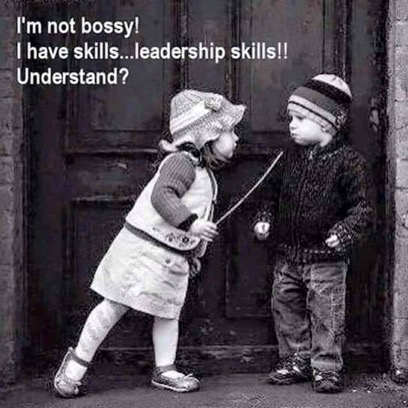
22 Oct How to Identify Your Clients’ Limiting Beliefs
[First published in Choice Magazine for Coaches]
Used here, the term beliefs is not “a commitment to an idea,” but rather the infrastructure of the human mind. Beliefs are the building blocks of the personality – the picture we hold of who we are, what we are capable of, and what we are supposed to do. Beliefs accumulate throughout our lifetime. Most of them are indoctrinated into us by well-meaning parents, teachers, and friends. Sometimes, we form our own beliefs when we draw conclusions from our experiences and circumstances
It’s possible to change beliefs directly, without the storytelling and psychologizing done by our licensed brethren. The result is the same as successful psychotherapy: a shift occurs in the individual’s point of view – their beliefs – about themselves, about others, and about the world. For example, when a person changes their belief about what they are capable of, there is a fundamental change in their view of who they are, and what is possible in their world.
Our beliefs act like colored lenses in front of our eyes, shaping what we can and cannot see. They drive our automatic behaviors and reactions to others. They shape, in large part, the circumstances we find ourselves in. Most importantly, they create our limitations, and our possibilities.
When your client expresses dissatisfaction about something in their personal or professional life, that unhappiness is based on their beliefs about themselves and the situation. When you look beneath the surface of the “presenting problem,” and point to the cause in their belief structure, you can help them shift their viewpoint, and thus the possibilities that lie before them. This is true empowerment.
There are many methods of belief-change offered to professional coaches, most of which have temporary or partial results. Here is the acid test of any methodology: Is the old belief gone from the subconscious mind? Did it change their reality? Or did the old pattern re-appear later? An ideal methodology would remove the belief completely, deleting it from the subconscious mind, so that it never returns. Most methodologies fall short of this goal.
To delete a belief permanently, the methodology needs to impact not only the conscious mind, but also the subconscious mind and the superconscious mind (Higher Self). It should reach into unconscious patterns, and also into the distant past, to release inherited family, cultural, and societal karma (unresolved experiences).
A coach who can evoke change at the deepest levels of their clients’ programming is a powerful agent of change. The first step is to identify the core belief beneath your client’s presenting problem or issue. Beliefs can be uncovered by asking questions that dive down, layer by layer, into the subconscious programs that motivate the behavior or pattern.
The answers to these questions will reflect your client’s beliefs beneath the surface:
- What do you want to change, and why? Their answer will point to their beliefs about themselves, their issue, and their circumstances.
- What beliefs are you aware of underneath this issue? Many people are already aware of the beliefs that run them.
- What are the thoughts you keep having about this? Our inner voices are often a reflection of our core wounds and beliefs. For example, the inner voice that says “Don’t bother – you’re just going to fail again,” is a direct expression of the belief, “I am a failure.”
- What is it that makes you feel that way? Beliefs are at the core of negative feelings. For example, fear is associated with the belief, “I can’t handle it.” Anger can be created by the belief, “I’m out of control,” or “I’m being controlled.” Ambivalence points to two or more conflicting beliefs, such as “I’m should do that,” and “I don’t want to do that.”
- When did you first believe that about yourself? And what were the circumstances that brought you to that conclusion? This can reveal early childhood programming or trauma that is the real root of the negative self-belief.
- What would you rather believe? This question opens up new possibilities, showing the client that they may actually have a choice about what they believe.
Once you discover your client’s core beliefs, you can employ any belief-change technique, such as the Clear Beliefs Method. When your client changes their belief at the core of their psyche, their perspective will change, their abilities expand, and new opportunities open for their lives.
Questions? Want coaching? Make an appointment with Lion: bit.ly/Lion15minute.
Click a button above to share this post with your friends and family
No Comments